These days, it seems like everyone is counting their steps. Whether it's coworkers comparing numbers during lunch breaks or friends challenging each other on fitness apps, walking has become one of the most popular ways to stay active. But this raises an exciting question: how far do 10,000 steps actually take you? Surprisingly, the answer is not as straightforward as it may seem because not every step is the same length.
This guide will give you a complete overview of how many miles is 10000 steps and how long it usually takes. Besides this, we will explain whether you need to hit this number every day. So let's get started:
Content Table:
- Part 1: How Many Miles is 10000 Steps?
- Part 2: How Long Does It Take to Walk 10000 Steps?
- Part 3: Should I Walk 10000 Steps Per Day?
- Part 4: How to Measure Steps?
- FAQs
Part 1: How Many Miles is 10000 Steps?
On average, 10,000 steps add up to roughly 5 miles. But the exact distance can vary depending on how fast or slow you walk, your height, and your stride length.
For most people:
- A shorter stride means more steps are needed to cover a mile.
- A longer stride means fewer steps are required.
That means most of the time when two people walk, they could both reach 10,000 steps yet end up walking very different distances.
Factors That Affect the Miles
There are various factors that determine how far your 10,000 steps will take you. Let's take a look at some:
- Height and Stride Length— Height and stride length matter a lot, as taller people usually take longer steps, while shorter people have smaller strides. This means people with a long stride will travel farther with fewer steps.
- Walking Speed— Walking at a brisk pace will stretch your stride, resulting in increased distance.
- Terrain— if you are walking uphill or the ground is uneven, this can shorten your steps.
- Gender Differences— Gender also affects the miles. Generally, men have longer strides than women, which involves distance.
To make this more straightforward, let's take a look at a simple table based on average stride lengths:
|
Height (Feet/Inches) |
Average Stride Length |
Steps per Mile |
10,000 Steps Equals |
|
5’0” |
2.1 ft |
2,500 |
4 miles |
|
5’5” |
2.3 ft |
2,300 |
4.3 miles |
|
5’10” |
2.5 ft |
2,100 |
4.7 miles |
|
6’0” |
2.6 ft |
2,000 |
5 miles |
As you can see, the taller you are, the more ground you cover with the same number of steps.
Part 2: How Long Does It Take to Walk 10000 Steps?
Knowing how many miles 10000 steps is helpful, but many people also wonder how long it takes to walk 1000 steps. This simple question has a surprisingly detailed answer, because not everyone has the same pace. Therefore, if you do:
1.Slow Walk (2 mph)
- At a relaxed pace, each mile will take about 30 minutes.
- That means 10,000 steps (around 5 miles) will take about 2.5 hours.
2.Brisk Walk (3–4 mph)
- Each mile will take about 15–20 minutes at a brisk pace.
- As a result, 10,000 steps will take roughly 1.5 hours.
3.Running (5–6 mph)
- Runners cover a mile in about 10–12 minutes.
- In this case, 10,000 steps may take only 1 hour or even less.
Thus, the time to cover the 10,000 steps generally depends on your fitness level and pace. Some people prefer walking slowly to relax, while others prefer fast walks or jogs to complete their steps quickly. As long as you are doing it consistently, the pace doesn't matter.
Part 3: Should I Walk 10000 Steps Per Day?
Now that we know how long it can take to walk 10,000 steps at different paces, the question arises: Should I walk 10,000 steps per day? Many people ask this question because, for years, health experts and fitness trackers have been promoting the 10,000-step-per-day goal as the golden standard for good health. But what's the truth? Let's figure it out.
Do You Really Need 10,000 Steps?
If you are wondering if hitting 10,000 steps every single day is essential. The short answer? Not necessarily. It can be a motivational benchmark but not a strict medical requirement.
If you are wondering about the origin of this 10,000-step benchmark, you might be surprised to know that it was basically a Japanese pedometer company that firstused the "10,000 steps" slogan as a marketing idea during the 1960s. Later on, when researchers did the research, they noticed that people who reached this target generally enjoyed better health, so it caught on worldwide.
Benefits of Walking 10,000 Steps
So, if you make a habit of walking 10,000 steps, you can see several benefits, such as:
- ✔️Improved Heart Health: Walking regularly helps reduce blood pressure and improve circulation.
- ✔️Weight Management: Consistently hitting 10,000 steps can help burn calories and support fat loss.
- ✔️Better Mood: Walking releases endorphins, so if you are walking 10,000 steps, it will reduce stress and boost your mood.
- ✔️Stronger Muscles and Bones: Daily steps strengthen your lower body and support bone density.
- ✔️Increased Energy: Moving throughout the day will prevent fatigue and keep your body active.
However, modern studies suggest that even 7,000–8,000 steps daily can significantly lower the risk of early death and improve overall well-being. So, if you can't always hit 10,000, don't feel discouraged because the thing that matters is consistency, not hitting a specific number.
Part 4: How to Measure Steps?
Whether you are walking 10,000 steps or 7000–8000 steps, it's a healthy habit to adopt. However, counting the steps manually is almost impossible. This is where the Suunto sports watch comes in.

Unlike basic pedometers, Suunto watches use advanced sensors to track steps accurately, even during runs or hikes. Moreover, you can connect it with your phone and get a detailed report about the distance, pace, or calories burned. The best thing is that it also monitors your heart rate, so you can better understand when to rest and when to resume.
So, whether you're walking in the park, hiking up a hill, or running through the city, use the Suunto Sports Watch and get the reliable step counts with efficient GPS tracking. This will make sure you always know precisely how far ten thousand steps is without having to guess.
FAQs
❓ How many steps are in a mile?
On average, there are about 2,000 to 2,500 steps in a mile. But it all depends on your walking speed and stride length.
❓ How many steps should I walk a day?
Generally, health experts suggest aiming for 7,000 to 10,000 steps daily for general fitness. However, if you are a beginner, even 5000 is beneficial, but remember to stay consistent.
❓Can you lose weight by walking 10,000 steps a day?
Yes. Walking 10,000 steps can burn 300–500 calories, depending on your weight and pace. But if you combine it with a balanced diet, you can lose the weight gradually.
Conclusion
So, how many miles is 10000 steps? On average, it equals about 5 miles, though the distance can vary depending on stride length, pace, and height. For some, it may be closer to 4 miles, while for others, it might reach 5.5 miles. However, it is not always necessary to walk 10,000 steps a day, and if you are a beginner, you can start with 6000-7000. But remember, consistency matters the most if you want to move towards a healthy lifestyle. So, if you are determined enough to start walking, stay consistent, and use a Suunto Sports Watch, it can make the process simple and motivating.
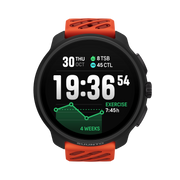
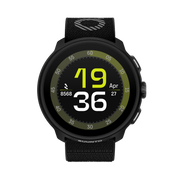

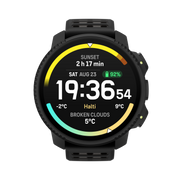
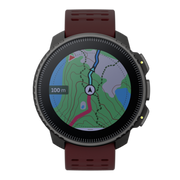





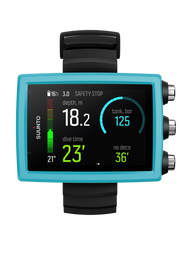





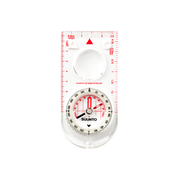
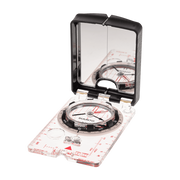










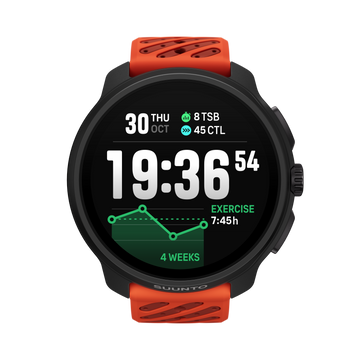

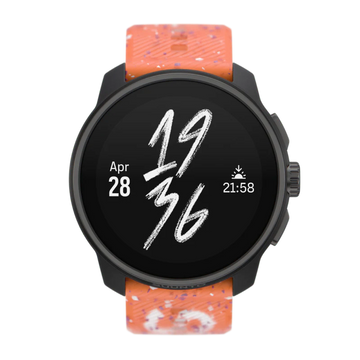

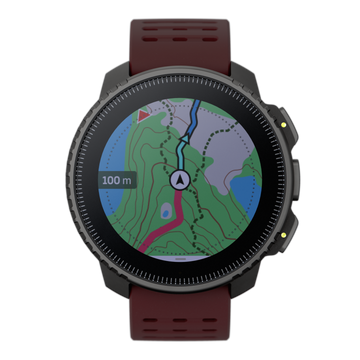
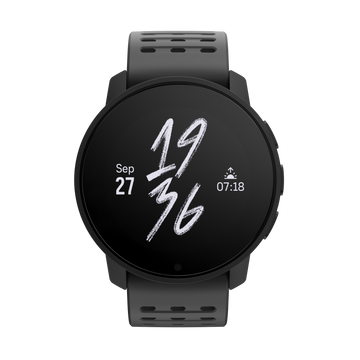
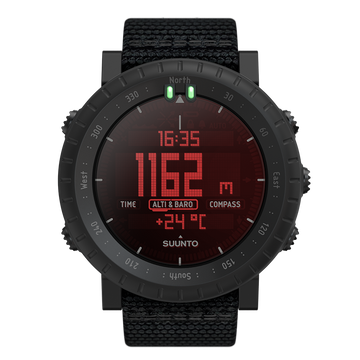


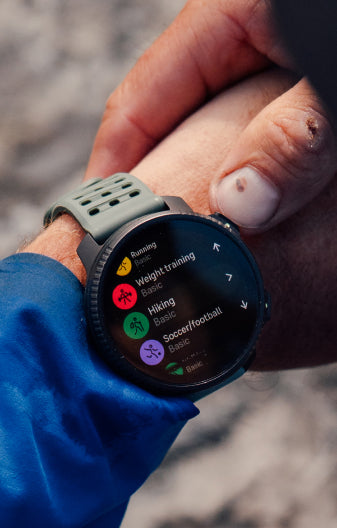
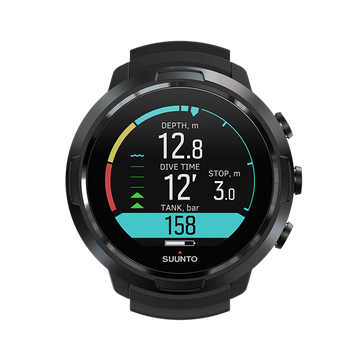
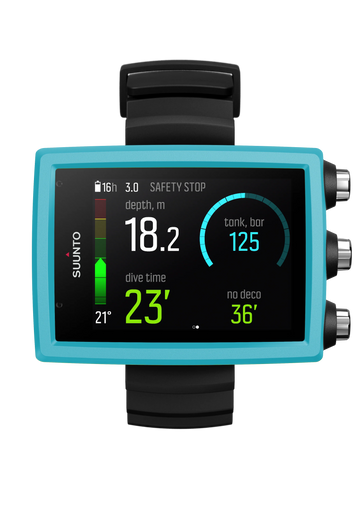







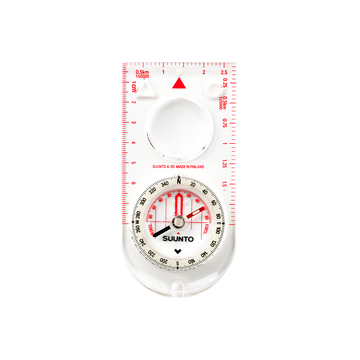
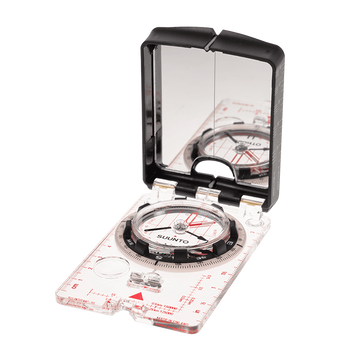
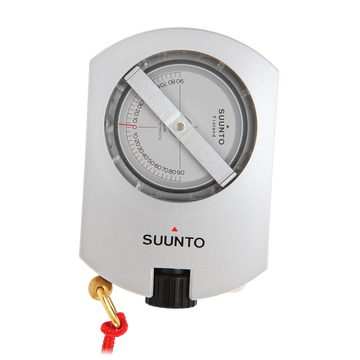


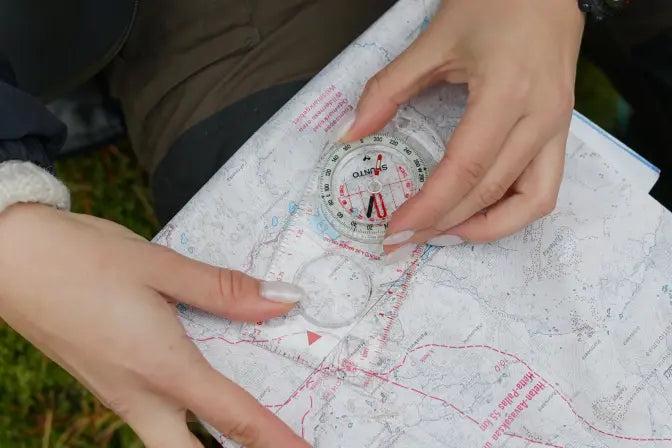
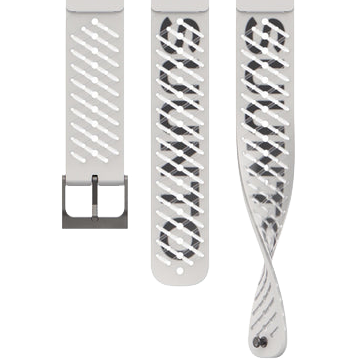














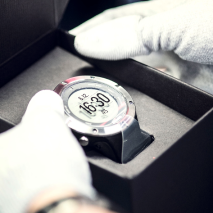


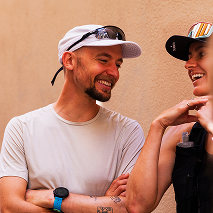


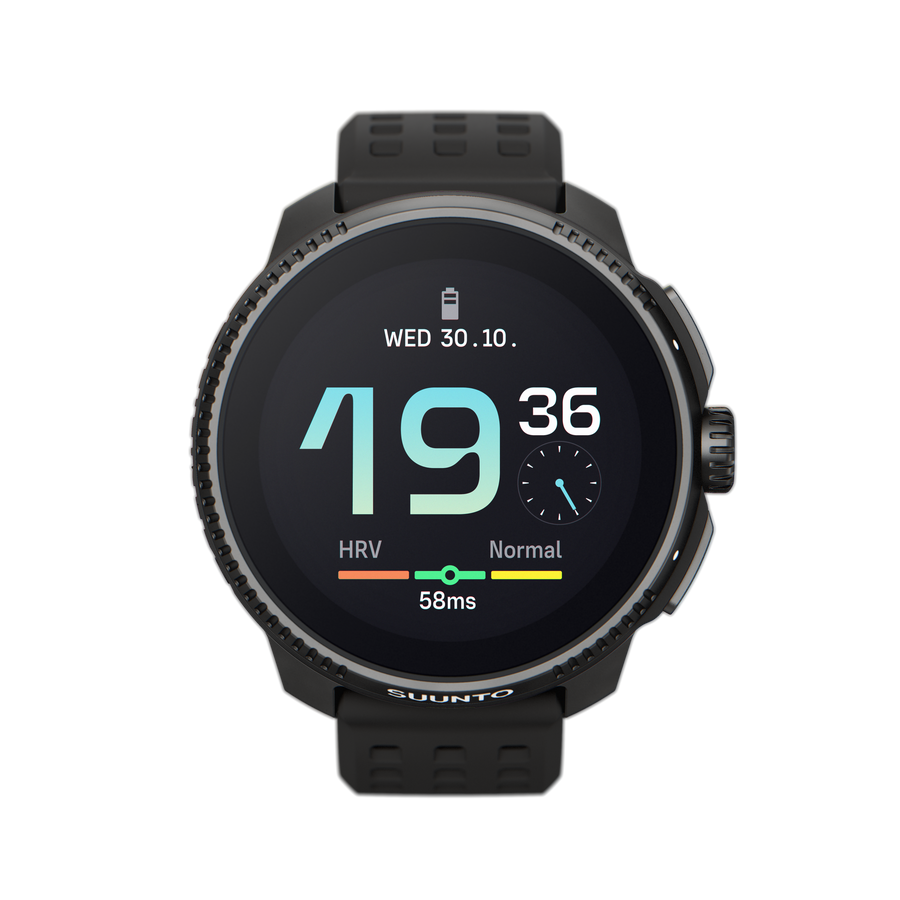



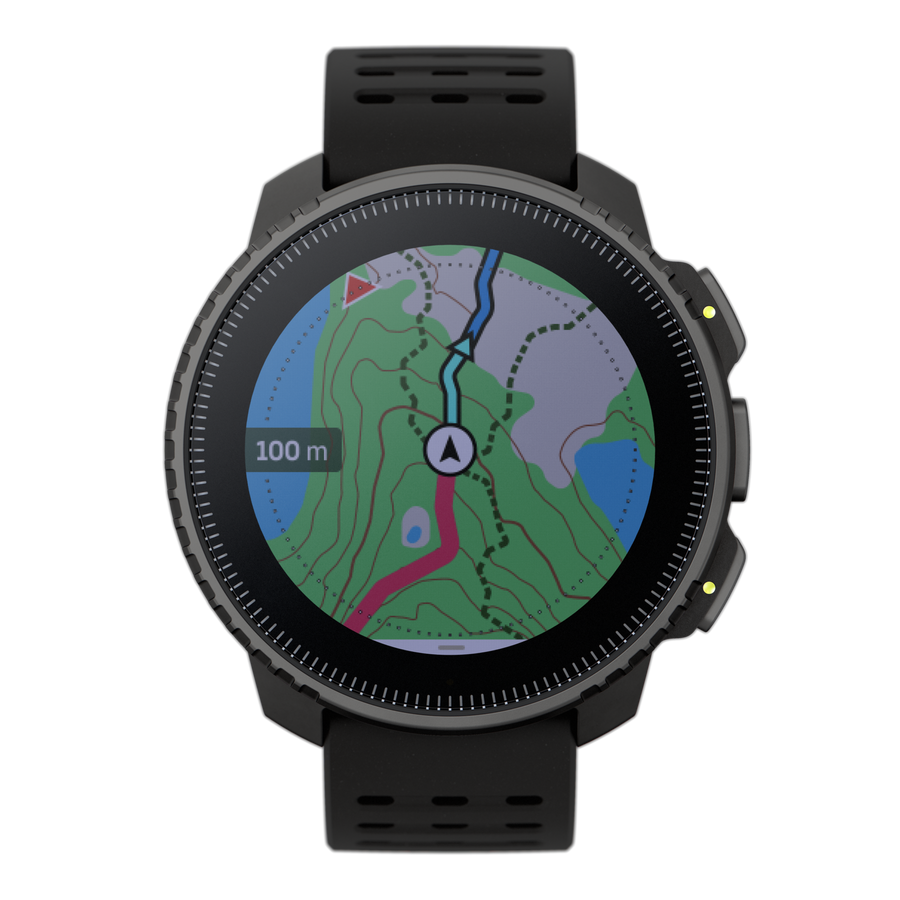
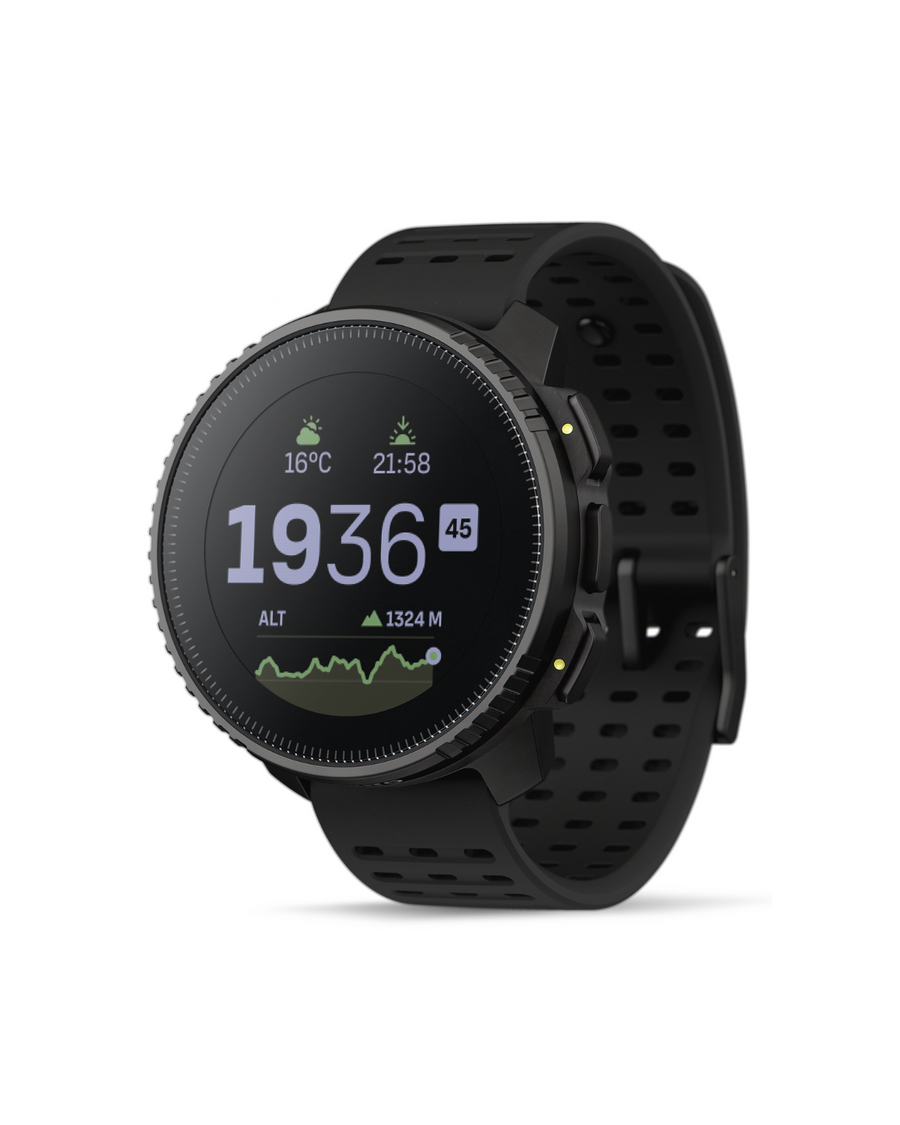
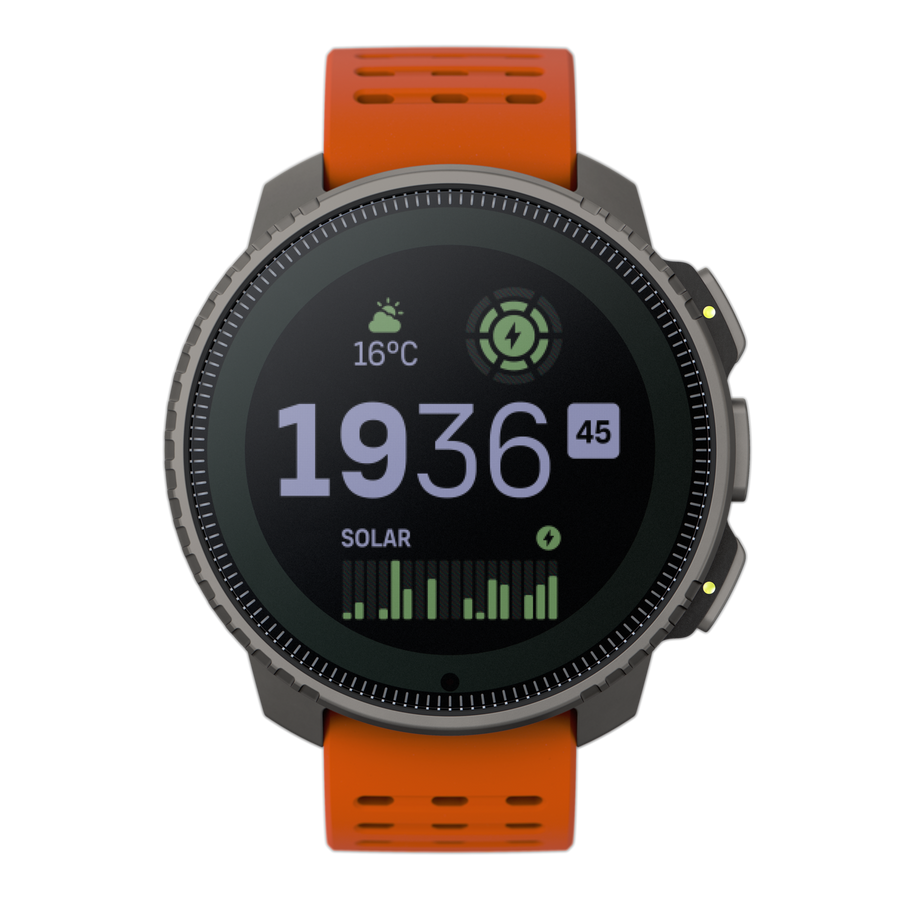


![How Many Steps a Day to Lose Weight? [Here is the Truth]](http://us.suunto.com/cdn/shop/articles/how-many-steps-a-day-to-lose-weight_d7e9e002-4328-4032-93f1-c62106f588d2.webp?v=1759203696&width=553)







